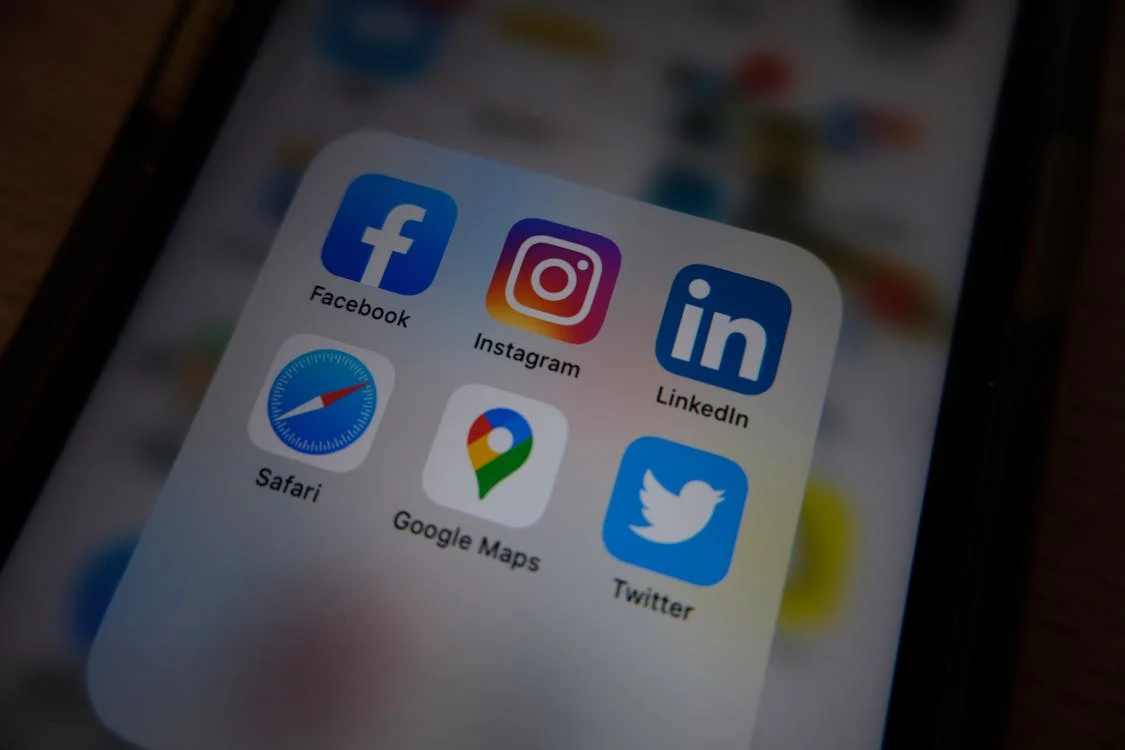Mobile users now spend an average of 3 hours and 15 minutes a day on their devices. That’s more than 1,100 hours per year. With so much screen time, businesses have a huge opportunity to capture the attention of mobile users, but it’s not as simple as just throwing out content. To stand out, you need a strategy that speaks directly to your audience and grabs their attention while they’re scrolling. So, we will walk you through how to create mobile engagement campaigns that hit the mark, offering insights you won’t find in a quick Google search.
Understanding Mobile Engagement Behavior
Before diving into campaign tactics, it’s important to understand how mobile users behave. The way people interact with content on their phones is different from how they do on a desktop.
Mobile users want fast, simple interactions. Additionally, they’re likely to multitask, often switching between apps or checking notifications in between tasks. This means attention spans are short, so you need to make your message clear and to the point.
Creating content that fits within this window can make or break your campaign’s success.
Micro-moments Drive Engagement
Google introduced the concept of micro-moments—short bursts of interaction where users quickly seek answers to their questions. Also, there are four types of micro-moments:
- First, I want to know: Researching or learning something quickly.
- Second, I want to go: Looking for a place nearby.
- Third, I want to do: Searching for instructions or how-to guides.
- Fourth, I want to buy: Ready to make a purchase decision.
Mobile engagement campaigns should target these micro-moments. When you design content that’s easy to access and delivers immediate value, you tap into the user’s need right when they’re most engaged.
Creating Content for Short Attention Spans
Since mobile users have short attention spans, your content needs to pack a punch—fast. So, that means avoiding lengthy introductions and getting straight to the point.
The Power of Visuals
Visual content is a game-changer when it comes to mobile campaigns. Studies show that people process images 60,000 times faster than text. Also, by using eye-catching images, GIFs, or videos, you can quickly communicate your message without requiring users to spend too much time reading.
Bullet points or short, concise paragraphs can also help break up the text. So, here’s why visuals and short text blocks work best:
- One, they stand out in a sea of content: When someone is scrolling, visuals grab attention more quickly than paragraphs of text.
- Two, they make the message easier to digest: The quicker someone understands what you’re saying, the more likely they are to engage.
- Three, they keep users from getting bored: Keeping things brief reduces the chance that users will lose interest before reaching the CTA (Call to Action).

Personalization: Not Just a Trend
Personalization isn’t just a buzzword; it’s key to a winning campaign. Additionally, people engage more with content that feels relevant and speaks to their needs. Gone are the days of generic mass marketing—customers now expect personalized experiences.
Leverage Data for Personalization
Data allows you to understand your audience better, but it’s not just about collecting numbers. So, it’s about using those insights to tailor content that resonates. Here are some ways you can personalize mobile campaigns:
- Segment your audience: Group your customers by behavior, location, or preferences. Also, this allows you to send more targeted messages.
- Send personalized offers: Using data to predict what products or services a customer may need next can increase engagement.
- Optimize the timing: Sending notifications at the right moment, based on past user behavior, boosts the chances of interaction.
Personalization not only captures attention but also builds trust, showing users that you understand their needs.
Optimize for Mobile Speed and Functionality in Mobile Engagement
One of the biggest mistakes businesses make with mobile campaigns is overlooking speed and functionality. No matter how good your content is, if it doesn’t load quickly or function smoothly, users will move on.
Mobile-Friendly Design Is Key
Mobile users won’t wait for a slow-loading page. A delay of just one second can reduce conversions by up to 7%. Here’s what you need to prioritize:
- Fast loading times: Ensure that images, videos, and pages load quickly. Compress media files if needed.
- Mobile-responsive design: Make sure that your content adjusts perfectly to different screen sizes.
- Seamless user experience: Make sure buttons, CTAs, and forms are easy to click and navigate on a small screen.
These small tweaks in design and speed can significantly improve engagement rates.
Integrating SMS and Push Notifications
While social media and mobile websites get a lot of attention, SMS and push notifications are often underutilized but highly effective tools for mobile engagement. These direct channels allow you to reach users instantly, ensuring that your message isn’t lost in the noise.
Best Practices for SMS Campaigns
SMS campaigns can have open rates as high as 98%, far higher than emails. But the challenge is keeping them short and compelling. Here are a few ways to make your SMS campaign effective:
- Be brief: Mobile users don’t want to read a long message. Stick to essential information, and include a direct link or CTA.
- Use urgency wisely: Limited-time offers or exclusive deals drive action but don’t overuse this tactic.
- Personalize: Just like email, SMS messages can be personalized based on user data.

Push Notifications That Work in Mobile Engagement
Push notifications are another way to drive engagement. A well-timed, relevant notification can pull a user back into your app or site, boosting interaction. Here’s how to get it right:
- Make it timely: Send notifications when users are most likely to engage, such as during commuting hours or lunch breaks.
- Keep it relevant: Notifications should offer value. Whether it’s an exclusive deal or a reminder about an abandoned cart, make sure it’s something that matters to the user.
- Use rich media: Push notifications can include images or videos to make them more engaging.
Measuring Success: What Metrics Matter in Mobile Engagement?
Once your campaign is live, the work doesn’t stop. Tracking performance is key to understanding whether your strategies are paying off.
Engagement Metrics to Monitor Mobile Engagement
There are several metrics that will give you insight into how well your mobile engagement campaign is performing:
- Click-through rates (CTR): This measures how many people clicked on your link or CTA.
- Conversion rates: Out of those who clicked, how many completed the desired action, such as making a purchase?
- Bounce rates: How quickly are people leaving your mobile site after arriving? High bounce rates could mean your content or design needs improvement.
- Engagement duration: How long do users stay engaged with your content? The longer, the better.
Iterating and Improving your Mobile Engagement
Don’t let a campaign run on autopilot. Regularly review your metrics and look for opportunities to tweak and improve based on the data. Sometimes, small adjustments—like changing the wording of a CTA or the timing of a notification—can make a big difference.

Conclusion
Crafting a winning mobile engagement campaign requires a combination of creativity, precision, and attention to user behavior. But you don’t have to do it alone. ARD Industry brings years of expertise in digital marketing, helping businesses just like yours create campaigns that resonate with mobile users.
Our team understands what works in the local market and can tailor strategies that drive real results for your business. Let us help you engage your mobile audience effectively and grow your brand’s presence.








